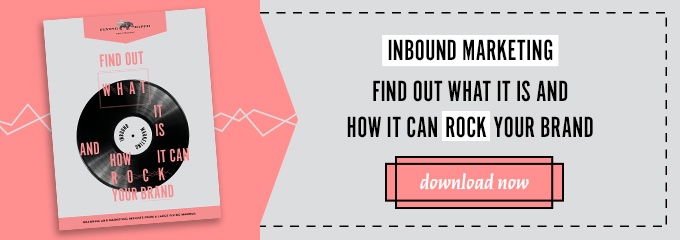6 Things Inbound Marketers Need to Know about CAN-SPAM Compliance
Email was the Wild West before 2003. Tumbleweeds, saloons, gunfights – the whole shebang.
Companies could send as much email as they wanted, whenever they wanted and to whomever they pleased. Might made right in pretty much every case, and the little guy (the everyday email user) got stuck with impossible amounts of garbage in their email inbox. And there wasn’t a lick they could do about it.
Want to send marketing emails to 100,000 people about bootleg sunglasses or leather purses? No sweat. And if those people you to stop sending them emails – tough toenails, chumps!
But all things must come to an end. The cowboys, desperados and mice in cowboy hats eventually put away their six-guns, and email’s Wild West phase was tamed by the CAN-SPAM Act of 2003. This law slapped whopping fines on people who broke the law, and could cost senders up to $16,000 per email.
For inbound marketers, CAN-SPAM is the law of the land, and it’s something we have to abide by before we hit “send” on any email we send out. And while the gist of CAN-SPAM is understood by many marketers, the finer points can be missed. Here are six of the most important things inbound marketing professionals need to know about CAN-SPAM compliance.
1.) Let People Unsubscribe
One key component of the CAN-SPAM act that benefits email recipients is the “unsubscribe” or “opt-out” button. This feature allows people to stop receiving email from a specific sender simply and easily.
According to the act, your message must include a clear and conspicuous explanation of how the recipient can opt out of getting email from you in the future. On most emails, that means it has to be in a legible-sized font somewhere where the reader can’t find it. Don’t bury it in invisible text or try to hide it somewhere sneaky on the page.
2.) When People Unsubscribe, They Mean It
When someone unsubscribes from your email list, unsubscribe them. Sure, it seems obvious, but everyone’s had to remind an email sender once or twice to remove them from an email list, especially if they’re not using an email automation service like HubSpot or MailChimp.
And, from a holistic standpoint, if people are unsubscribing from your emails, it means they aren’t really liking what you’re saying anymore. It might be time to revamp your email content or layout. Try a few new things out and see what makes your audience happy.
3.) Misleading Subject Lines Are a No-No
Let’s say you’re in the business of selling chocolate-covered strawberries, and you send out emails to your customers every once and a while. An email headline that says, “Check out these new dark chocolate strawberries!” would be great.
But if you sent out an email with a headline that says “FREE MOTORCYCLES TO EVERYONE THAT READS THIS EMAIL,” chances are you’re going to get in trouble with CAN-SPAM (unless you actually plan on giving out free motorcycles to everyone who reads that email, in which case, I’ll take one).
According to the letter of the law, the subject line must accurately reflect the content of the message as well. Marketers must also clearly and conspicuously disclose that your message is an advertisement.
4.) …But Don’t Make It Obvious
Even though advertisers must tell the truth, must not mislead customers and must substantiate claims, we can be crafty. Look at what others in your industry are doing and find your perfect blend of creativity, honesty and marketing.
5.) International Clients = International Law
If you’re marketing to international clients, you’re entering some choppy seas. CAN-SPAM is an entirely American invention, and most other countries have their own take on junk email regulation. And many of those countries aren’t afraid to come after you, even if you’re not on the same shores.
Before you move ahead with any email sent out to recipients in different countries, know if the recipient’s country approves what you’re about to send.
6.) When In Doubt, Tell the Truth
A really good rule of thumb translates from real life to marketing: If it feels uncomfortable or weird to do, don’t do it.
You don’t want to push your luck with any CAN-SPAM compliance facets, and getting slapped with a $100,000 fine can shut you down. If you’re considering trying something new with your email marketing, check the facts of the law and ask other marketers.
What else do inbound marketers need to know about CAN-SPAM? Leave us a comment below!


